Taraxacum officinale, COMPOSITAE family
1. Habitat- well drained forest hillside with alder, fireweed, grass, wild geranium and Rosa acicularis.
2. Leaves, basal rosette of long toothed leaves.
3. Flowers, solitary.
4. Compound florets.
5. Fruits, achene.
6. Petals, single petal and stamen per floret.
7. Sepals, 11 deeply bisected.
8. Single stamen per floret.
9. Dehiscent fruits.
10. Carpels- 1.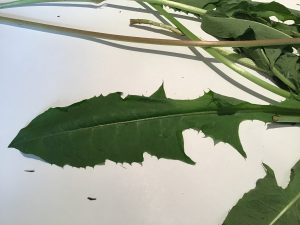
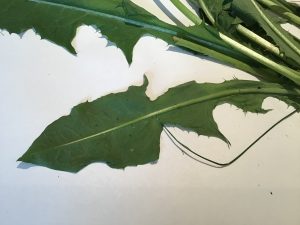
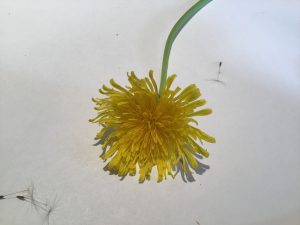
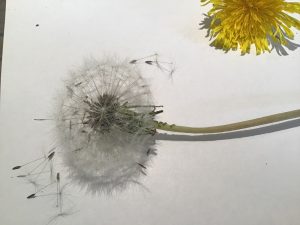
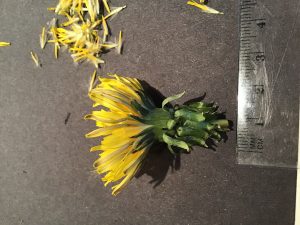
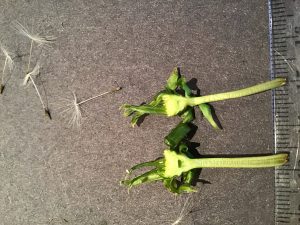
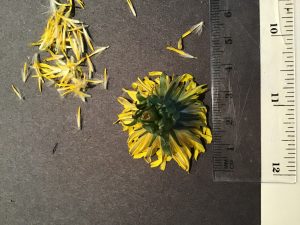
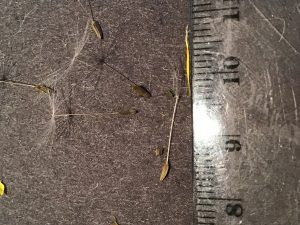
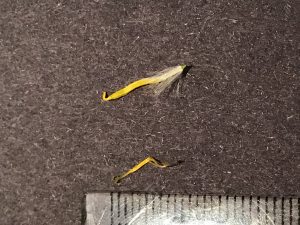
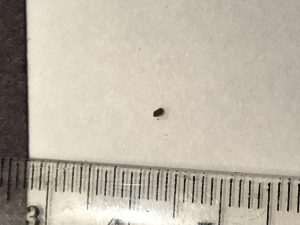
11. Cannot tell the placentation.
12. Many seeded.


Great dissections! The Asteraceae family shows a head as an inflorescence due to the enlarged receptacle where the flowers are inserted. On this receptacle you will find green leafy structures that appear to look like sepals, but since they are subtending many flowers they are actually forming an involucre, and are called involucral bracts. Each of the dandelion flowers have their own reduced sepals which you show nicely in your images, it is the white fluffy hairs that are surrounding the inferior ovary, they allow the dandelion seeds to fly off and disperse the seeds more easily. There are two types of flowers in the dandelion, the interior disk florets that are actinomorphic and the flowers on the periphery of the dandelion head (capitulum) are ligulate flowers which are bilabiate and have a 5-lobed lip in contrast to ray florets of other Asteraceae that are also bilabiate but have a 3-lobed lip, the milky sap is characteristic of this tribe of Asteraceae as well, the genus Lactuca, lettuce is found here as well. If you let your lettuce go to flower you can observe its flowers which should be somewhat similar to those of dandelion.
Thank you! I really struggled with this one and the rhubarb with the plant parts so small! I will redo it.